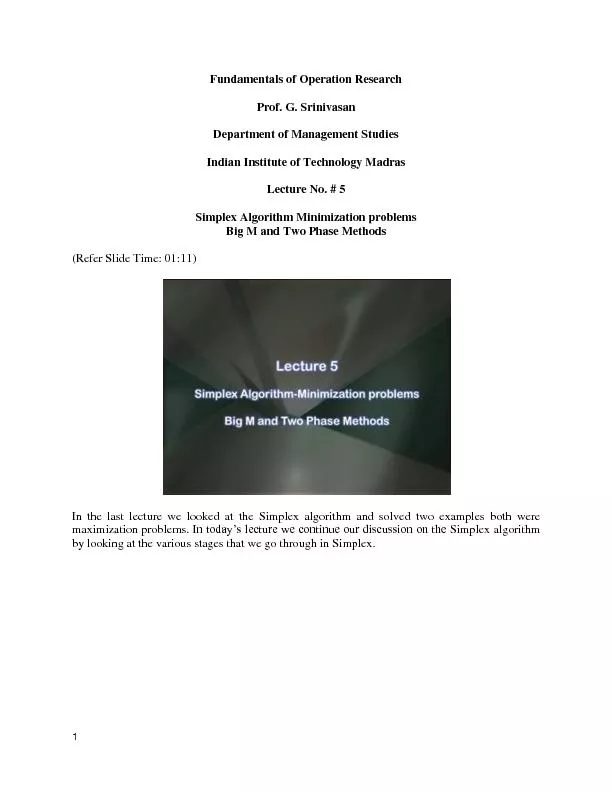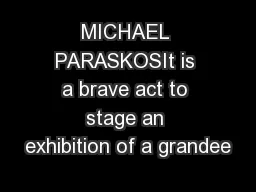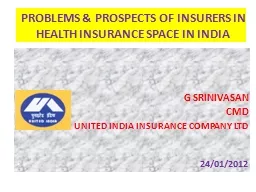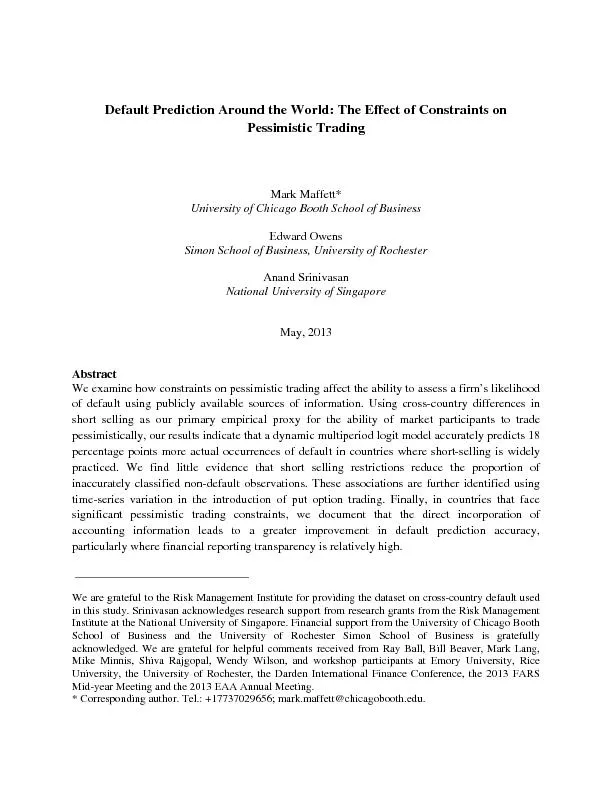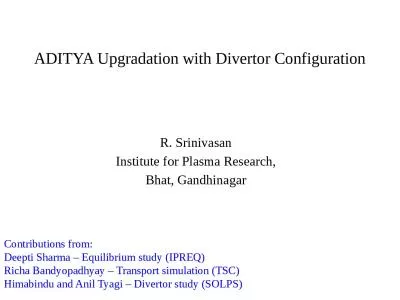PDF-Dr Srinivasan Rajappa
Author : patricia | Published Date : 2022-08-21
C ARP AL TUNNEL S YNDROME Consultant Hand Surgeon Chennai Hand surgery centre Professor of Orthopaedics SRMC Chennai Definitio n It i s a symptomatic compression
Presentation Embed Code
Download Presentation
Download Presentation The PPT/PDF document "Dr Srinivasan Rajappa" is the property of its rightful owner. Permission is granted to download and print the materials on this website for personal, non-commercial use only, and to display it on your personal computer provided you do not modify the materials and that you retain all copyright notices contained in the materials. By downloading content from our website, you accept the terms of this agreement.
Dr Srinivasan Rajappa: Transcript
Download Rules Of Document
"Dr Srinivasan Rajappa"The content belongs to its owner. You may download and print it for personal use, without modification, and keep all copyright notices. By downloading, you agree to these terms.
Related Documents


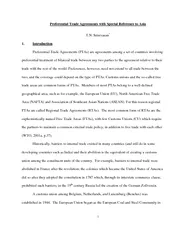

![This article was downloaded by: [NOAA Central Library], [M Srinivasan]](https://thumbs.docslides.com/292752/this-article-was-downloaded-by-noaa-central-library-m-s.jpg)

